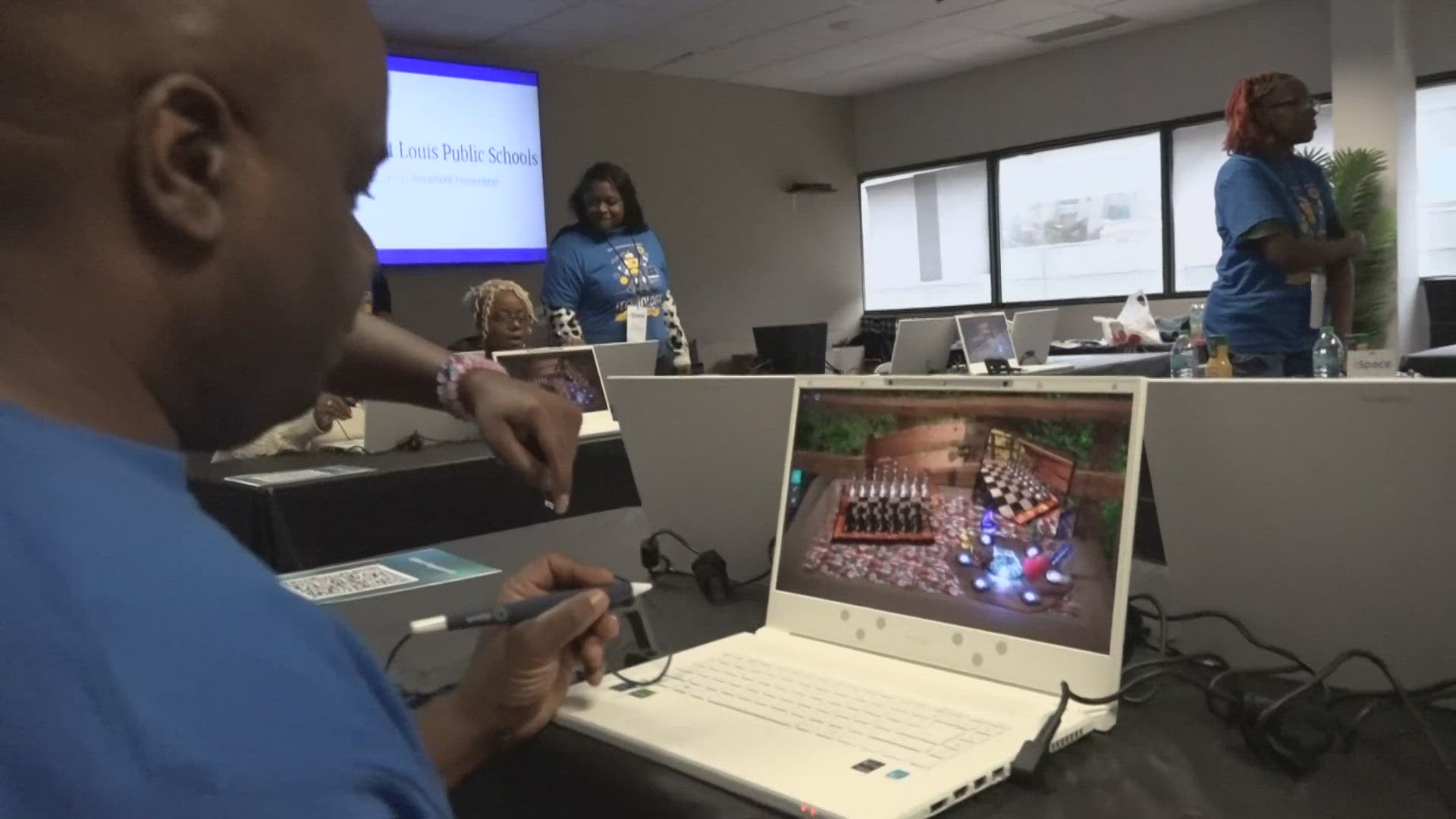ST. LOUIS - This week I had occasion to be inside a St. Louis County elementary school built in the 1970s. Like many schools built in that era, the original design concept had an "open classroom" floor plan.
Perhaps you went to one of these schools. The idea was to have "classrooms without walls." Libraries and cafeterias flowed seamlessly into hallways and, sometimes, the front lobby of the school without a single wall between them. Entire grades would be grouped together in huge, open spaces with only a divider or two separating English class from Social Studies and Math.
The goal for these groovy schools with oddly shaped desks that formed a hexagon, if you pushed them all together, was to have kids work in groups in "student-led" activities that would result in higher achievement and creativity.
But for the most part, the idea was a complete failure.
The "open classroom" theory came from England and was popular in the 1970s and into the early 80s before mostly falling out favor. Like many fads from the counterculture revolution of the 60s and 70s the "open classroom" design went out with bell bottom pants and the pet rock.
In the 1980s, walls went back up in middle school buildings all across the land and new academic measuring sticks like "No Child Left Behind" put the emphasis on across-the-board test scores and a more traditional "teacher-led" experience.
But some education experts insist that some of the best ideas from this movement are still in use at some of America's schools.
In fact, this week, a prime example turned up at Saint Louis University. It didn't happen in a senior philosophy class or a creative writing workshop.
It happened in a hotel in Dayton, Ohio.
The Saint Louis University Billikens, fresh off a road victory against the University of Rhode Island, flew to Ohio to take on an impressive Dayton Flyers basketball team.
The SLU players turned in one of their most inspiring defensive efforts of the season, using team defense to suffocate the Flyers in another impressive win on the road that catapulted the Billikens back into the AP Top 25.
And where did the game plan come from?
The student-athletes.
"We played in Rhode Island, we flew into Dayton on Wednesday," head coach Jim Crews told Frank Cusumano this week. "So we're going to work out the guys who didn't play but before we did that, in the hotel, we just brought in the seniors. We brought them in and we had all of our scouting stuff up and everything else and we just said, 'OK, how would you play this and how would you play that? In terms of setting up the scout. How would you guys feel comfortable?'
"And they discussed it, we had the guards and the bigs and they talked about ball screens and that's how we came up the game plan. That's pretty fun. That's fun."
As I listened to it, I almost couldn't believe my ears. This sounded exactly like the talking points I read earlier in the week on the theories behind the failed "open classroom" movement in America's schools.
This is head coach Jim Crews-- a man who played for Bobby Knight at Indiana. You don't get more old-school and straight-laced than that.
The "open classroom" movement stressed "discovery" learning, where students arrived at the answers on their own---rather than having the teacher dictate the information.
Professor Crews continues:
"Because now they understand it. They see the big picture. Now, you can't bring five freshmen in there because they don't have enough wisdom yet. But that's what makes coaching fun. That's when it's most enjoyable. When they're empowered enough, and they understand enough so that discussion can happen."
So there you have it. A crash course in X's and O's from an old-school coach using teaching methods from a time novelist Tom Wolfe called "the Me decade."
I can't say for sure if the space where Crews and his players gathered was one of those wide open spaces without walls and groovy odd-shaped desks and chairs. With all due respect to my junior high school teachers from the early 80s, I'm guessing it didn't.


